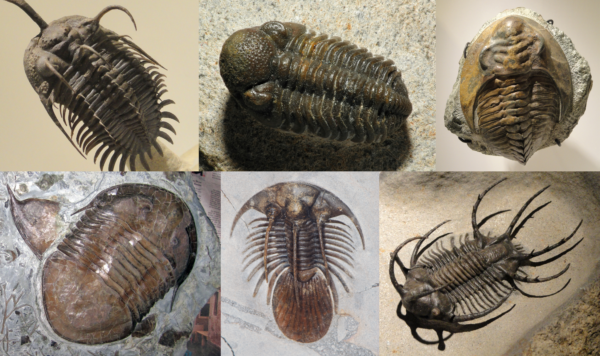Scientists have recently discovered exquisitely preserved trilobite fossils that date back over 500 million years, providing new insights into the anatomy of these extinct invertebrates.
The remains of these creatures were covered by volcanic ash in present-day Morocco and have been preserved underwater for over 500 million years. This unique preservation has allowed the fossils to exhibit a three-dimensional form, revealing new characteristics of trilobites. The researchers detailed their findings in a recent report published in the journal Science on June 27th.
“When I saw these fossils, my jaw dropped to the table in amazement,” said John Paterson, a paleontologist at the University of New England in Australia and a co-author of the study, in an interview with New Scientist. “The level of detail preserved in these trilobite fossils is unlike anything I’ve ever seen. They are undoubtedly the best-preserved trilobite fossils to date.”
The clarity of preservation is astonishing and crucial, as noted by Nigel Hughes, a paleontologist at the University of California, Riverside, who was not involved in the study. He stated in an interview with Science News that this level of preservation “undoubtedly confirms many previous speculations based on poorly preserved specimens and highlights the significance of exceptionally preserved specimens.”
Trilobites were ancient marine invertebrates with distinctive exoskeletons that lived in sediments, seabeds, or open waters. They first appeared around 520 million years ago and thrived for approximately 300 million years, a duration about 1,000 times longer than the existence of modern humans, until they became extinct during the Permian mass extinction event, which wiped out about 90% of life on Earth.
Paleontologists have uncovered over 20,000 species of trilobite fossils. Most of these fossils, based on recent research, have only preserved their hard exoskeletons, leaving scientists with limited knowledge of the soft internal structures of these creatures.
However, a volcanic eruption in Morocco, described as a “prehistoric Pompeii,” yielded exceptionally detailed trilobite fossils. These trilobites perished rapidly under volcanic ash and were quickly preserved intact underwater when the eruption trapped them.
Robert Gaines, a geologist at Pomona College and a co-author of the research, explained in an interview with Science News that water cooled the trilobites before ash covered them, allowing the ash to encase these invertebrates instead of incinerating them.
According to Paterson in an interview with The New York Times, “The fineness of the volcanic ash, like talcum powder, could capture the most delicate anatomical details on the surface of these animals.”
The research team utilized computer simulation techniques to conduct 3D anatomical studies on X-ray slices of the trilobite fossils. They discovered spines on the animals’ limbs that aided in tearing food as it was transported to the mouth. In one fossil specimen, the preservation of the digestive tract was remarkably intact, indicating that the trilobite may have ingested volcanic ash prior to its demise.
Through these detailed fossils, researchers also clearly observed appendage structures around the mouth, including a fleshy leaf-like structure – the labrum – located in front of the mouth, which assists in food processing.
“For a long time, scientists speculated that trilobites had labra, but they had never been seen in the fossil record,” Paterson told The New York Times.
This study not only reveals new knowledge about trilobite structures but also indicates that volcanic ash deposited in water is an ideal site for finding fossils. Abderrazak El Albani, a geologist at the University of Poitiers in France and a co-author of the study, expressed to BBC’s Wildlife Magazine, “I believe that volcaniclastic deposits should become a new focus of research because they have extraordinary potential for trapping and preserving biological remains, including delicate soft tissues.”

